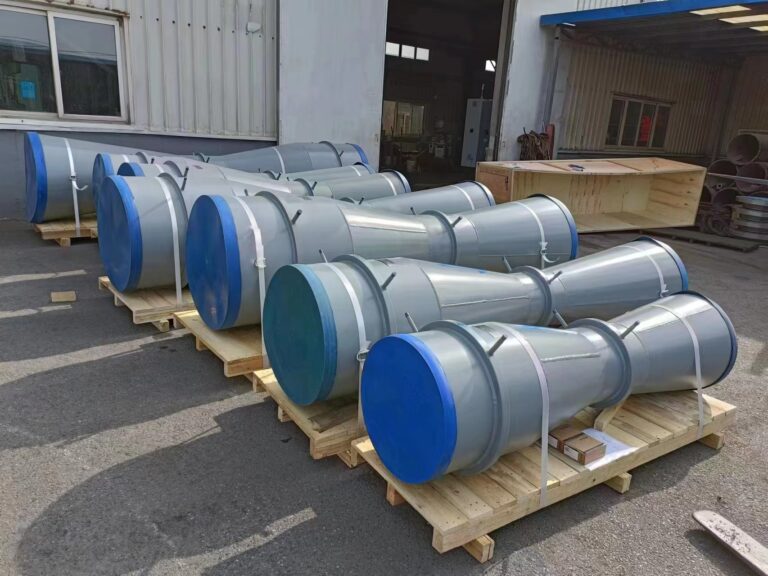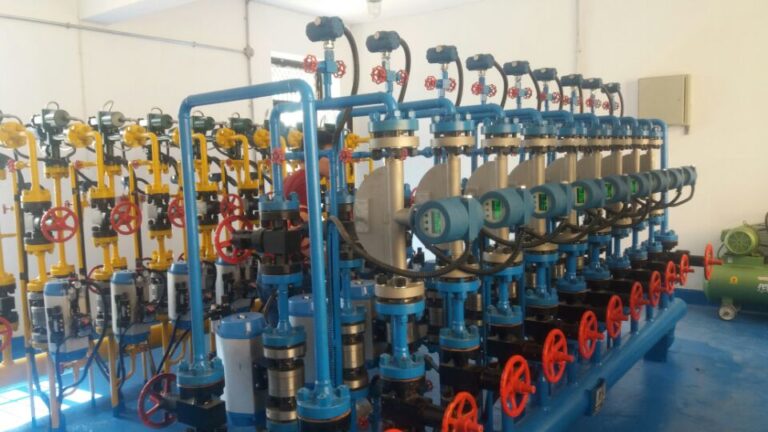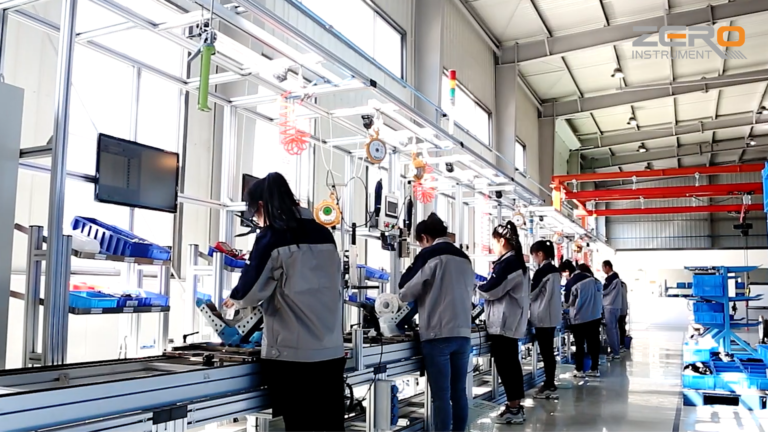1. When opening holes for instruments, avoid opening holes in formed pipes.
2. Pay attention to the length of the straight pipe section before and after the flow meter.
3. If there are electromagnetic and mass flow meters with grounding requirements, they should be grounded according to the instructions.
4. When welding process pipelines, the ground wire should avoid the instrument body to prevent ground current from flowing through the instrument body into the ground and damaging the instrument.
5. During process welding, avoid ground current flowing through the capillary pressure-conducting tubes of single- and double-flange instruments.
6. If the medium and high pressure pressure pipes can be welded by argon arc welding or socket welding, they should be welded by argon arc welding or socket welding. If the wind speed is >2m/s, windproof measures must be taken. Otherwise, coated welding wire should be used. If the wind speed is >8m/s, windproof measures must be taken. Otherwise, welding should be stopped.
7. Pay attention to the installation direction of the pressure port of the flow meter throttling device.
8. It is strictly forbidden to simmer the stainless steel pressure tube; it is strictly forbidden to flatten the pressure tube.
9. The installation position of instrument pressure ducts, air ducts, and wiring pipes should avoid hindering process production operations in the future, avoid high-temperature corrosion places, and should be firmly fixed; the lowest lead end of wiring pipes drawn from above should be lower than The wiring inlet end of the connected instrument; a drip tee should be added at the lowest end of the threading pipe; a Y-shaped or tapered explosion-proof sealing joint should be added near the instrument side; a condensate (sewage) valve should be installed at the lowest point of the main air line of the instrument.

10. If the copper gaskets used in the instrument are not annealed, they should be annealed before use, and pay attention to the allowable temperature, medium, pressure and other conditions of gaskets made of various materials.
11. In the field instrument junction box, the grounding of different grounding systems cannot be mixed. The shielding wires of all instruments should be connected to the upper and lower shielding layers separately. It is strictly forbidden to twist them together to connect the upper and lower shielding layers.
12. When the instrument is in a position that is difficult to observe and repair, Party A shall be informed of the change of position or the installation of a platform.
13. Joints are strictly prohibited in the middle of instrument wires. If there are special circumstances, please report to Party A for approval and keep hidden records. The compensation wire joints should be welded or crimped.
14. Stainless steel welding joints should be pickled, passivated, and neutralized.
15. Instruments and pipe fittings that need to be degreased should be degreased in strict accordance with the specifications, and the instruments and pipe fittings should be sealed and stored after degreasing to strictly prevent secondary contamination during storage and installation.
16. Stainless steel pipelines are strictly prohibited from direct contact with carbon steel.
17. It is strictly forbidden to use electricity or gas welding to cut and drill holes in galvanized and aluminum alloy cable trays. Toothless saws, special hole openers and other similar mechanical cutting and drilling should be used.
18. Stainless steel pipes are strictly prohibited to be cut or drilled using electricity or gas welding. Plasma or mechanical cutting and drilling should be used.
19. Instrument wiring pipes, cabinets, panels, etc. that are greater than 36V should be grounded, and the threads of grounded instrument wiring pipes should be treated with conductive paste; the threads of instrument wiring pipes that are less than or equal to 36V should at least be rust-proofed; exposed threads should not be larger than one thread buckle.

20. Instrument wiring pipes in explosion-risk areas should maintain electrical continuity.
21. For insulated instrument lines below 100 volts, a 250V megger should be used to measure the insulation resistance of the line and should be ≥5 megohms.
22. The aluminum alloy bridge should be connected with short wires. The galvanized bridge should be tightened with no less than two anti-loosening screws. The length should be reliably grounded at both ends within 30 meters. If it exceeds 30 meters, a grounding point should be added every 30 meters.
23. When instrument wires of different grounding systems or instrument wires and power wires share a trough, they should be separated by metal partitions.
24. Gas welding is strictly prohibited in the installation and processing of instrument panels, cabinets, boxes, and tables. Welding should not be used for installation and fixation. Mechanical drilling methods should be used for opening holes.
25. The blind ends of instrument heat tracing and return water should not be larger than 100mm.

26. The lower outlet of the transmitter drain valve should be equipped with a pipe cap to prevent valve leakage (especially in explosion-proof areas).
27. One end of the instrument and its threading pipe and pressure-inducing pipe is fixed in the thermal expansion area (such as the tower and accessories that move with the thermal expansion of the tower), and the other end is fixed in the non-thermal expansion area (such as the labor protection room). When connecting the instrument, the actual conditions on site should be used. A certain thermal expansion margin must be left for its flexible pipes, wiring pipes, and pressure-inducing pipes.
28. The attached tower bridge and wiring pipes should have thermal expansion expansion joints or flexible connections according to the actual conditions on site.

